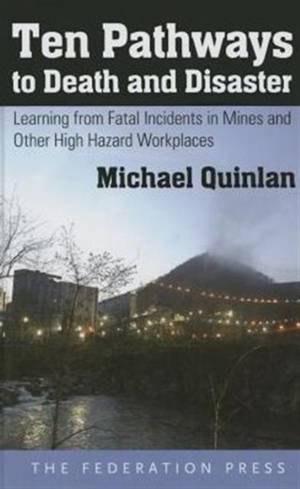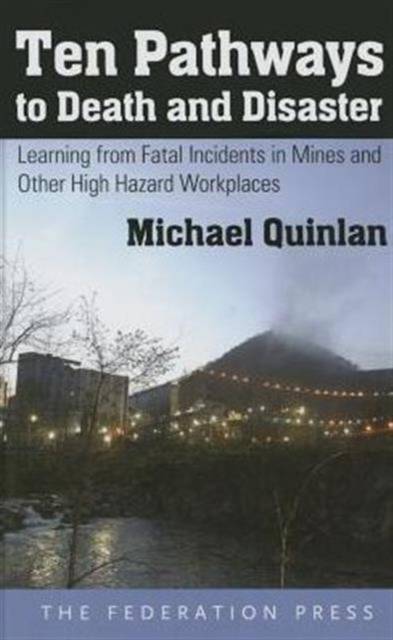
- Retrait gratuit dans votre magasin Club
- 7.000.000 titres dans notre catalogue
- Payer en toute sécurité
- Toujours un magasin près de chez vous
- Retrait gratuit dans votre magasin Club
- 7.000.0000 titres dans notre catalogue
- Payer en toute sécurité
- Toujours un magasin près de chez vous
Ten Pathways to Death and Disaster
Learning from Fatal Incidents in Mines and Other High Hazard Workplaces
Michael Quinlan
Livre relié
127,45 €
+ 254 points
Description
Why do mine disasters continue to occur in wealthy countries when major mine hazards have been known for over 200 years and subject to regulation for well over a century? This book examines why pattern causes have proved so resistant to intervention by governments while also identifying instances where lessons have been learned.
Spécifications
Parties prenantes
- Auteur(s) :
- Editeur:
Contenu
- Nombre de pages :
- 272
Caractéristiques
- EAN:
- 9781862879775
- Date de parution :
- 18-12-14
- Format:
- Livre relié
- Dimensions :
- 142 mm x 218 mm
- Poids :
- 442 g

Les avis
Nous publions uniquement les avis qui respectent les conditions requises. Consultez nos conditions pour les avis.






